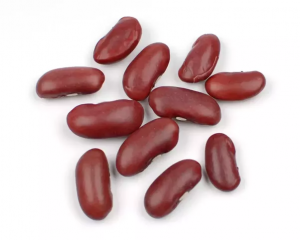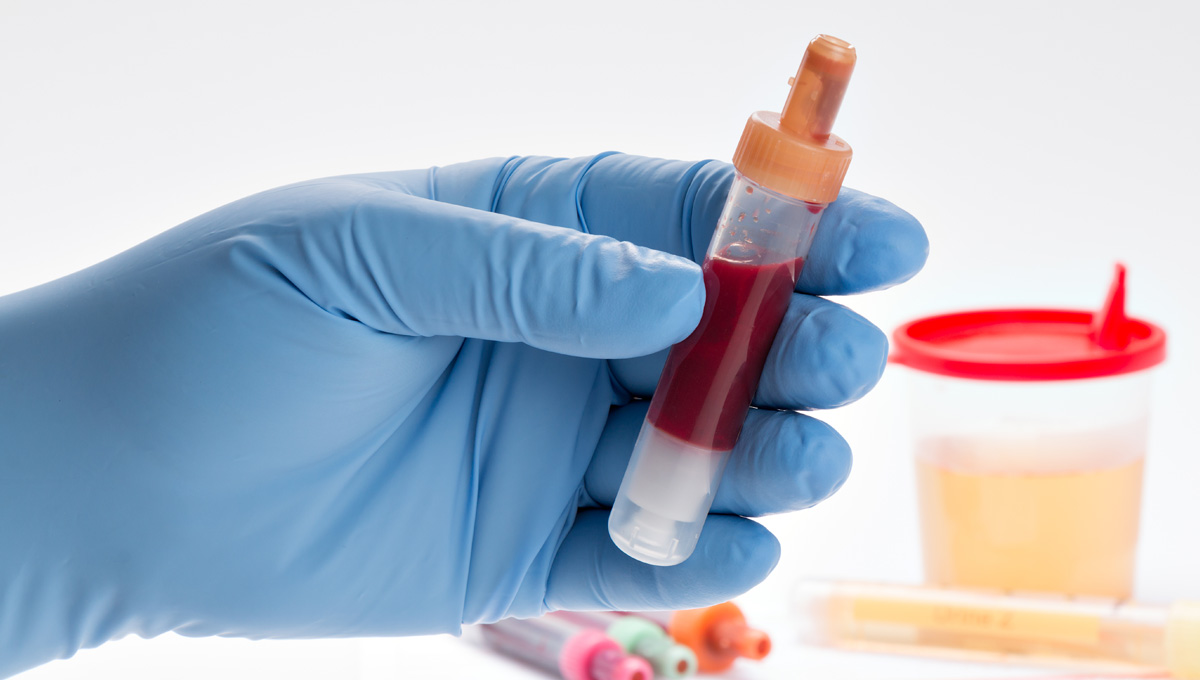 Normal urine has a yellow color, thanks to the pigment urochrome. Urochrome is a yellow pigment formed when urobilinogen produced during the breakdown of hemoglobin is exposed to air.
Normal urine has a yellow color, thanks to the pigment urochrome. Urochrome is a yellow pigment formed when urobilinogen produced during the breakdown of hemoglobin is exposed to air.
The pigment is specific to urine, but the intensity of its yellow color depends on the amount of water present in the urine. So generally normal urine can be straw-colored, yellow, or amber, depending on how dilute it is.
What color is abnormal?
Pale yellow to amber urine is normal. But the intensity of the color depends on whether it is dilute or concentrated. Healthy urine may be clear or colorless if you drink a lot of water. But when you drink less, your urine becomes more concentrated and darker. That is why normal urine may appear honey or golden when you drink less water or are dehydrated.
Apart from fluid intake, several other factors determine the color of urine. For instance, urine color is affected by diet, vitamins, exercise, and medicines. A bright yellow pee color may be due to a high dose of vitamin B.
When your pee color turns from the normal pale yellow to colors such as red, blue, brown, orange, or green, something may be wrong. Of course, the usual causes of such changes may be diet, exercise, or medications, but these colors may also signal a serious health issue that requires urgent medical attention.
Here is a color-coded guide to urine appearance
- Clear urine
Clear urine indicates that you’re probably drinking more water than the daily recommended amount. Of course, being well-hydrated is good, but drinking too much can rob your body of some essential electrolytes.
If your urine is only occasionally clear, you shouldn’t be bothered. However, when it is always clear, then you should cut back on how much water you drink.
Persistently clear urine even after reducing the volume of water you drink may indicate viral hepatitis or liver cirrhosis. Hence, if your urine is clear for a while and you’re not drinking large amounts of water, then you should see your doctor.
- Pink or red urine
Your urine can have a pink or red color after you eat foods with naturally deep pink or magenta colors, such as beets, rhubarb and blackberries. But certain medications may also give a red or pink color. For instance, medications like senna or senna-containing laxatives, phenazopyridine (Pyridium), and antibiotic Rifampin, can give a red or pink color to urine.
If you can rule out these foods and medications, then a red color indicates hematuria (blood in urine). Hematuria can be due to a range of health problems, such as kidney or bladder stones, urinary tract infections, an enlarged prostate, and tumors of the bladder and kidneys.
Extreme exercise can also cause hematuria if it produces muscle damage, a condition called “runner’s bladder.”
- Light brown or orange urine
Urine can be orange when you are dehydrated. But your urine can also be light brown or orange when it has a high amount of blood due to urinary tract infection or bleeding from the bladder (especially in bladder cancer).
Some medications, such as phenazopyridine (Pyridium), the anti-inflammatory drug sulfasalazine (Azulfidine), chemotherapy drugs, and some laxatives can equally cause urine to appear reddish-orange.
- Dark brown urine
If your urine looks like cola, it may be due to dehydration or to some foods, such as fava beans, aloe and rhubarb. Some medications, like laxatives, antibiotics, and muscle relaxants may also give urine a dark brown color.
When these are ruled out, then the dark brown color may be due to hepatitis, other liver disorder, or kidney malfunction, especially if you also have yellowing skin and eyes and pale stools.
- Blue or green urine
Food dyes can turn urine green or blue. For example, methylene blue dye found in many types of candy gives urine a bluish tinge. Also, some dyes used to test kidney or bladder function can turn urine blue.
Besides, your urine may be blue or green due to medications, such as pain-relievers, anti-depressant drugs, urinary tract infections (green), or the rare inherited disorder called “blue diaper syndrome” that occurs in children.
When should you seek medical attention?
You should generally be proactive in seeking medical attention when your urine maintains an alarming color that gets your attention. Colors such as red or pink may be due to a serious health condition requiring urgent medical attention.
At Advanced Urology Institute, we work with our patients to ensure they appreciate the importance of a healthy urinary system on their overall health. For more information on the prevention, diagnosis and treatment of urologic disorders, visit our website “Advanced Urology Institute.”




 An
An  There are many causes of kidney stones, such as dehydration, excessively acidic urine,
There are many causes of kidney stones, such as dehydration, excessively acidic urine,  Apple cider vinegar
Apple cider vinegar Kidney beans not only resemble the kidneys but also remove waste and toxins from the kidney and flush out kidney stones effectively. Kidney beans are rich in Vitamin B, fiber and several minerals which help to clean the kidney and boost the function of the urinary tract.
Kidney beans not only resemble the kidneys but also remove waste and toxins from the kidney and flush out kidney stones effectively. Kidney beans are rich in Vitamin B, fiber and several minerals which help to clean the kidney and boost the function of the urinary tract. Lemon juice is naturally acidic and increases
Lemon juice is naturally acidic and increases  Watermelon is a mild diuretic. It hydrates and cleanses the kidneys. It is also rich in lycopene, which improves cardiovascular health and ensures well-functioning kidneys. Watermelon also has large quantities of potassium salts which regulate acidity of urine and prevents stone formation. In fact, eating watermelon regularly is great for kidney health.
Watermelon is a mild diuretic. It hydrates and cleanses the kidneys. It is also rich in lycopene, which improves cardiovascular health and ensures well-functioning kidneys. Watermelon also has large quantities of potassium salts which regulate acidity of urine and prevents stone formation. In fact, eating watermelon regularly is great for kidney health. Both the juice and seeds of pomegranate contain large amounts of potassium and therefore are effective in removing kidney stones. Potassium lowers acidity of urine, prevents stone formation because of its astringent properties, curtails crystallization of minerals, and flushes out toxins and waste from the kidneys.
Both the juice and seeds of pomegranate contain large amounts of potassium and therefore are effective in removing kidney stones. Potassium lowers acidity of urine, prevents stone formation because of its astringent properties, curtails crystallization of minerals, and flushes out toxins and waste from the kidneys. Basil is an effective diuretic. It removes kidney stones and improves kidney functioning. Basil also lowers the level of uric acid in blood and improves kidney health. Its ingredients such as essential oils and acetic acid break down kidney stones and allow for smooth removal. Basil is also a pain killer.
Basil is an effective diuretic. It removes kidney stones and improves kidney functioning. Basil also lowers the level of uric acid in blood and improves kidney health. Its ingredients such as essential oils and acetic acid break down kidney stones and allow for smooth removal. Basil is also a pain killer. When dates are soaked in water for 24 hours and then consumed after seeds are removed, they are effective in dissolving and flushing out kidney stones. Dates are rich in fiber, helping to reduce the risk of kidney stones. The magnesium ingredient in dates also cleanses the kidneys.
When dates are soaked in water for 24 hours and then consumed after seeds are removed, they are effective in dissolving and flushing out kidney stones. Dates are rich in fiber, helping to reduce the risk of kidney stones. The magnesium ingredient in dates also cleanses the kidneys. Consuming tea made using dried organic dandelion or fresh
Consuming tea made using dried organic dandelion or fresh 
